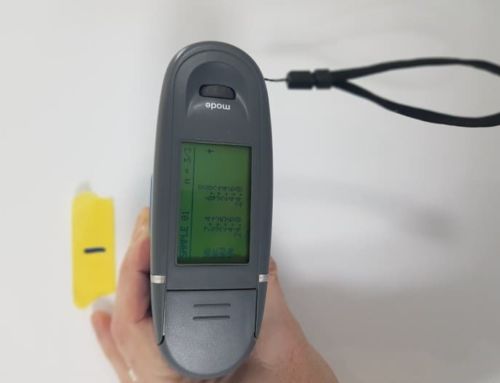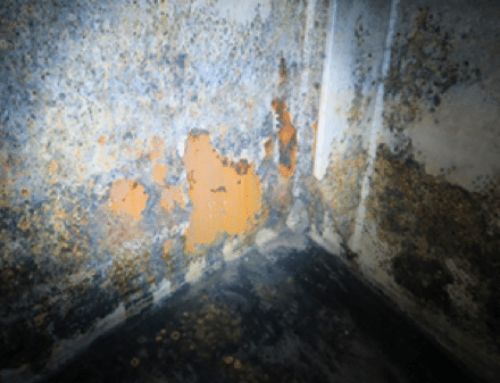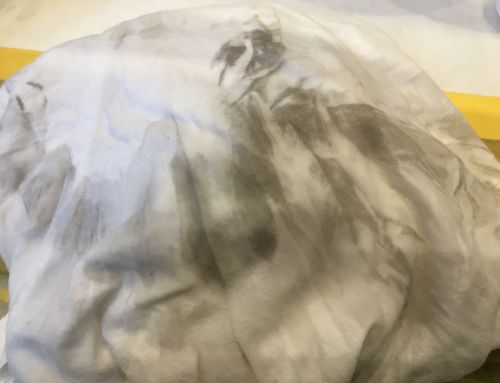Paul Bournas reveals potential pitfalls and challenges involved in coating a superyacht.
 When I took over CCS Yachting Coating Services three years ago, I came into a business whose complexity is all too often underestimated. The painting of a superyacht accounts for up to fifteen per cent of the cost of every new build and requires enormous expertise to get it right. The room for error is very small with this highly visible part of a vessel.
When I took over CCS Yachting Coating Services three years ago, I came into a business whose complexity is all too often underestimated. The painting of a superyacht accounts for up to fifteen per cent of the cost of every new build and requires enormous expertise to get it right. The room for error is very small with this highly visible part of a vessel.
I see yachts continue to grow in size and most of all build times are reduced. This has an enormous impact on the logistics, requirements and processes. Therefore, the need for an extra set of eyes has been made all the greater by the fact that the criteria have become much higher over the past decade or so. Methods, too, are changing at lightning pace, and the fact that some yards which offer large superyachts have only limited experience in their actual construction is also a major issue.
There are other factors. Increasingly stringent environmental legislation has meant that certain components have to be left out of paint, which makes the painting process more difficult. The new trend for metallic coating is already starting to seriously sort the wheat from the chaff when it comes to paintwork. And regardless of the type of paint, the greatest challenge of all is that people rarely leave enough time for the coating works. This issue will remain the biggest challenge in the future.
Managing expectations
One of the key factors for a successful outcome is to ensure that expectations are managed and met. It all starts when you sign the contract: what are the acceptance criteria, what are we agreeing with each other? Many yards opt for the ICOMIA standard, which I consider to be an industry minimum. Those same yards will, however, be pledging to their clients to build to a much higher level overall and later find themselves having to pay huge amounts extra to bring the paintwork up to the standard of the rest of the boat.
So the question is: ‘what can be done to make a refit / new build paint job a success?’
I am convinced that with CCS’s Superyacht Tender Survey, you get the expected result when you that all parties involved are expecting:
- Carry out an initial survey
An initial survey before starting is essential to draft an accurate scope of work. The more comprehensive this scope, the less confusion there is over what is included in the overall cost and expectations of the paint job.
-
Thoroughly draft/check all contracts and other documentation
Writing a refinishing specification (paint specification and acceptance criteria) manages the expectations of the desired quality to all parties involved. The specifications cover the full paint system including parameters concerning gloss levels, maximum allowable dust inclusions (particle size and density) and tolerable deflections in surface fairness, etc.
-
Have a Kick-off meeting
To ensure all parties are on the same page from the beginning we recommend a kick-off meeting. It allows owners to communicate requirements and expectations with the yard/subcontractors. Steps covered in the meeting include: acceptance criteria, planning, documentation, cut lines etc.
-
Carry out regular inspections
Inspections during key moments help ensure quality. They allow corrective action to be taken before mistakes lead to paint disasters, delays and budget overruns.
-
Perform a Final Survey
Once the work is completed, a Final Survey documents the technical and aesthetic quality of the new paint system. The report can be used for acceptance / warranty purposes as well as to analyse paint degradation over time.
-
Carry out a Warranty survey
Using the data collected during the Final Survey as a benchmark, CCS can accurately and objectively assess any paint degradation over time by performing another survey just before the warranty expires.





